Healing Houseplants
1. Aloe Vera
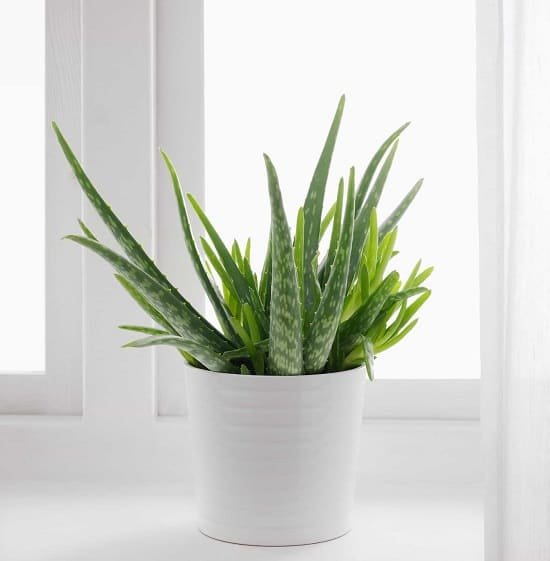
Botanical Name: Aloe barbadensis
AD
Aloe vera helps in keeping the indoor air clean and also treats burn and minor rashes, thanks to its anti-inflammatory and analgesic properties. Read more proven aloe vera benefits here.
Growing Tip
Here’s all you need to know about growing aloe vera
2. Basil
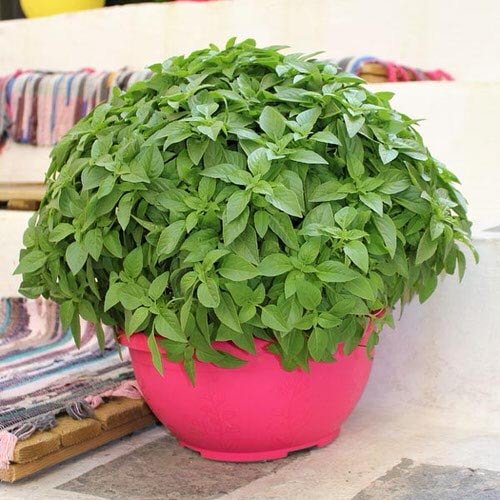
Botanical Name: Ocimum basilicum
AD
Basil is loaded with vitamins, minerals, and a range of antioxidants. It helps in reducing oxidative stress and prevents carcinogen-induced tumors. Some of the best basil varieties for you to grow are here.
Growing Tip
Check out our article on growing basil here
3. Spider Plant
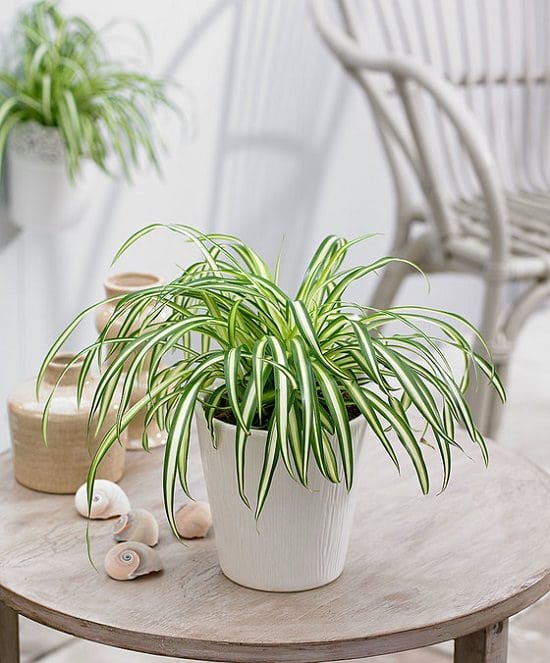
AD
Botanical Name: Chlorophytum comosum
Spider plants are listed in NASA Clean Air Study. And according to one study, this indoor plant removed 95 percent of toxic compounds from a sealed Plexiglas chamber in 24 hours.
Some more scientifically proven spider plant benefits are here.
Growing Tip
Here’s all you need to know about growing spider plants
4. Lavender

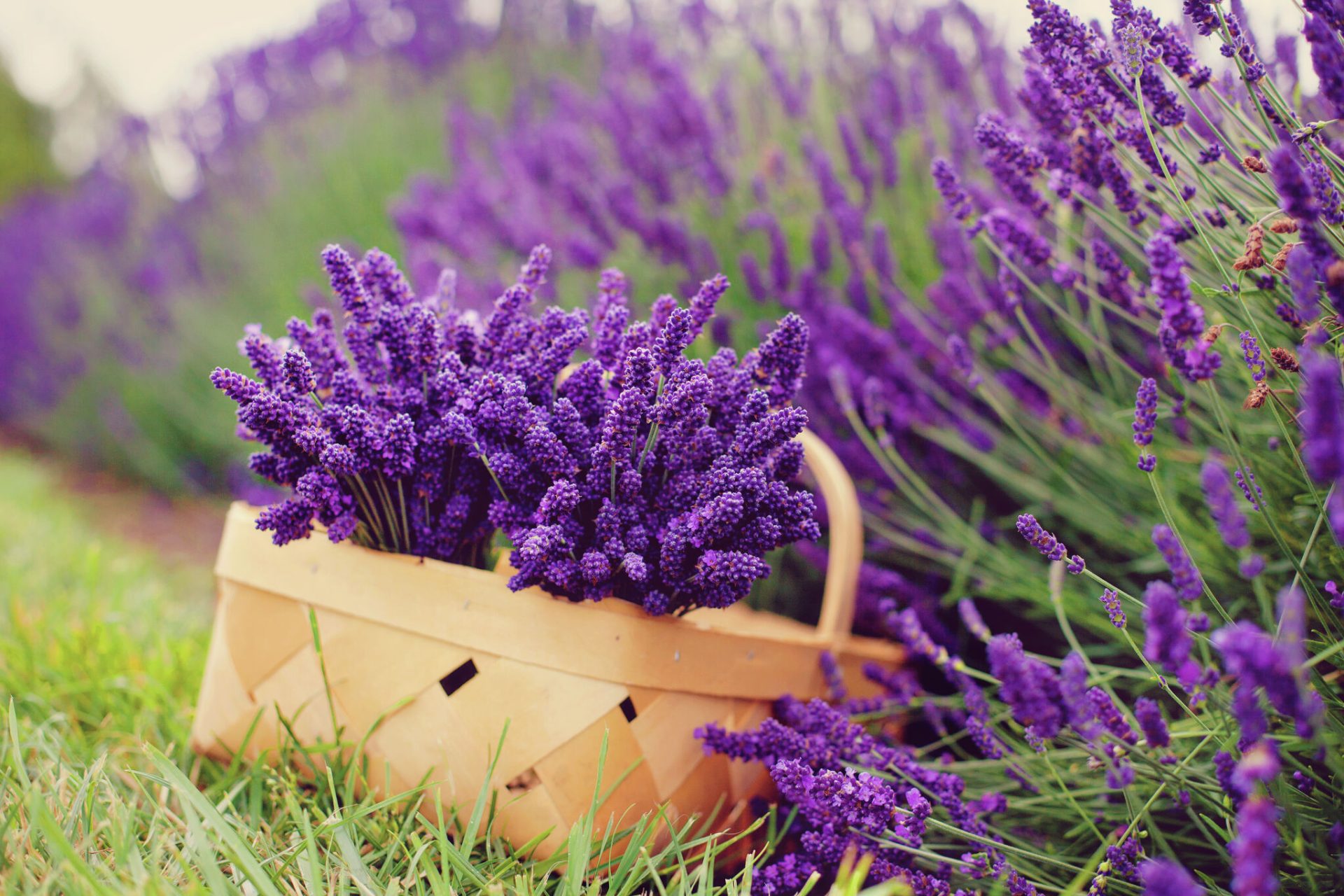
AD
Botanical Name: Lavandula
Lavender plants are prized for a calming, gentle, and pleasant aroma. This herb is admired for stress-relieving mental benefits. You can grow it indoors if you’ve got a south-facing window.
Growing Tip
Check out our article on growing lavender here
5. English Ivy
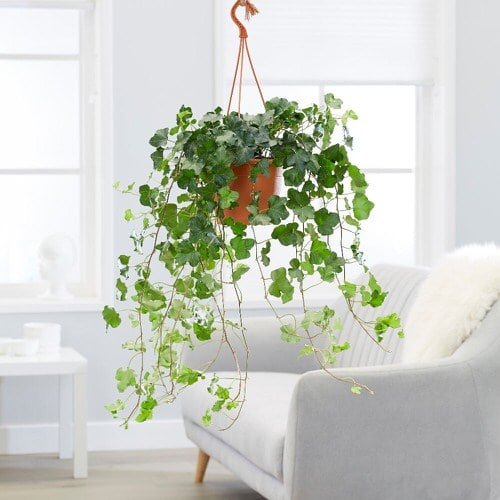
AD
Botanical Name: Hedera helix
Growing English ivy as a houseplant will benefit you in several ways. According to a study by the Department of Zoology, St. Joseph’s College, Darjeeling, it has been found that hedera helix has antioxidant, antispasmodic, antiallergic effects. One research proved that it could reduce the mold problem in homes.
Growing Tip
Here’s all the information you need on growing English Ivy
6. Areca Palm
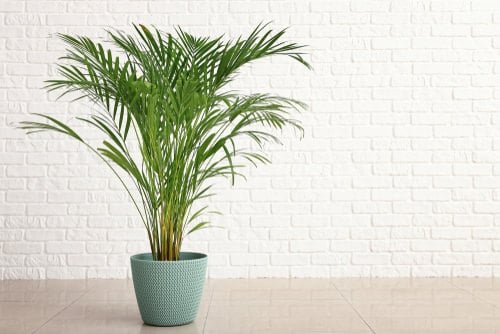
Shutterstock/Pixel-Shot
Botanical Name: Dypsis lutescens
Areca palm has the highest transpiration rate among several houseplants, making air humid that prevents asthma, sinusitis, bronchitis, and dry, wrinkled skin. To read more about Areca palm benefits, click here!
AD
Fun Fact: A healthy 5-6 feet tall plant can release up to 1 quart (946.35 ml) of water vapor in the air every 24 hours.
Growing Tip
Check out our article on growing Areca Plam here
7. Snake Plant

Botanical Name: Sansevieria trifasciata
AD
This great oxygen-producing houseplant can absorb harmful toxins from indoor air and also decrease the odds of air𝐛𝐨𝐫𝐧e allergies. Read more snake plant benefits here.
Want to grow Snake Plant Indoors? Click here for all the details
8. Rosemary
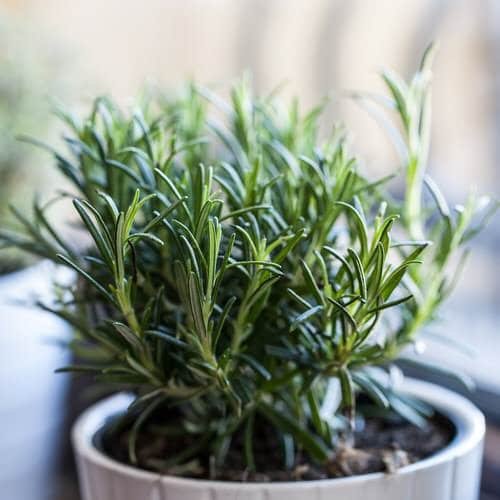
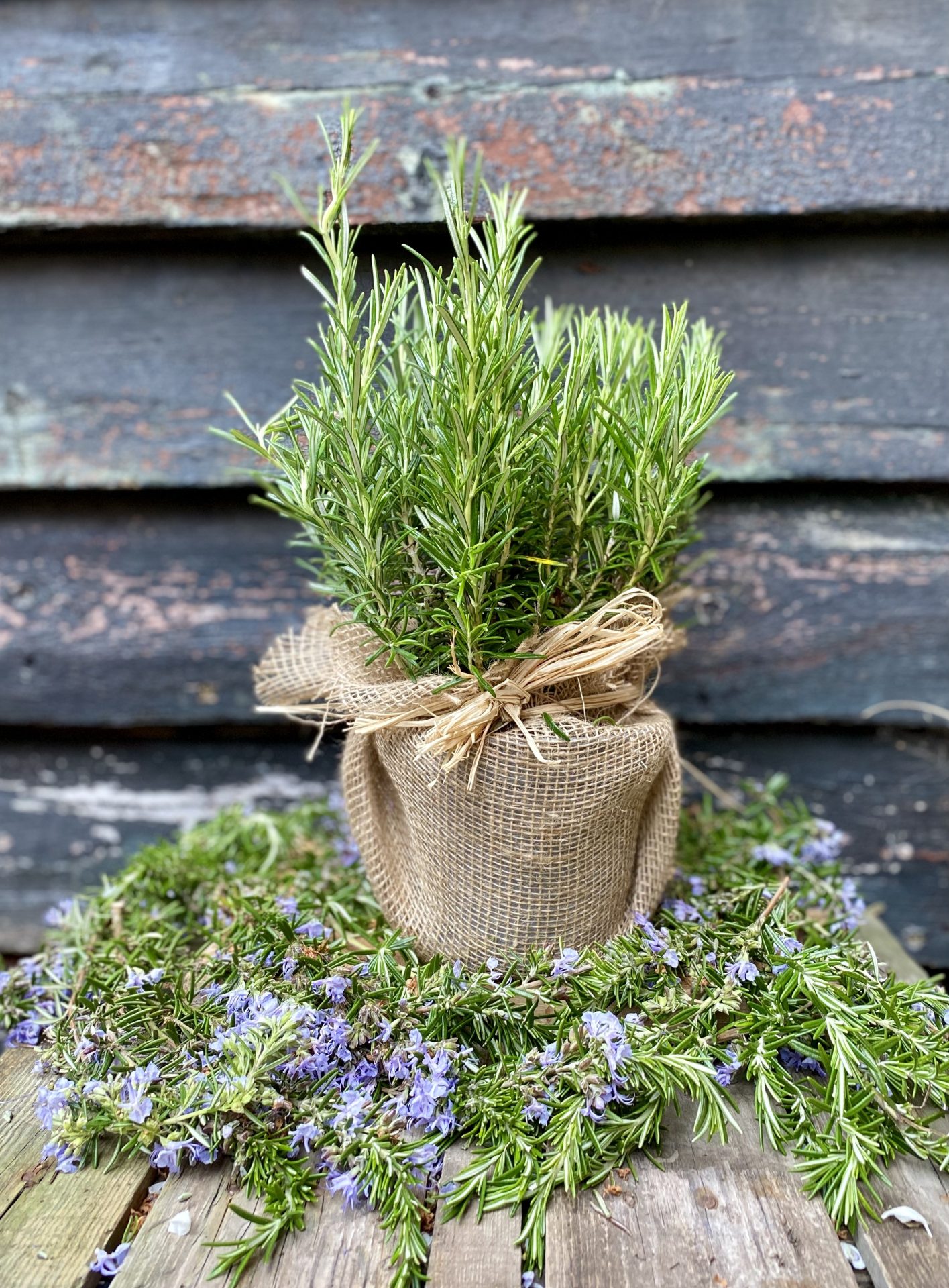
Botanical Name: Salvia rosmarinus
This herb has been used for centuries in folk medicine to improve memory and concentration. To know more about its benefits, click here!
AD
Growing Tip
Here’s everything you need to know about growing Rosemary
9. Peace Lily
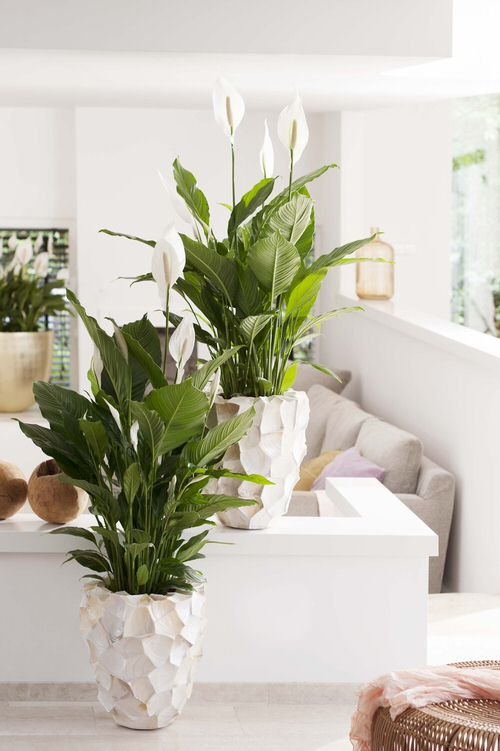
AD
Botanical Name: Spathiphyllum wallisii
Besides purifying air, this elegant plant also absorbs the Acetone vapors that are commonly found in house paints, eliminating the chances of low blood pressure and headache.
Read more about some awesome peace lily benefits here.
Growing Tip
Check out our article on growing Peace Lily here
10. Boston Fern
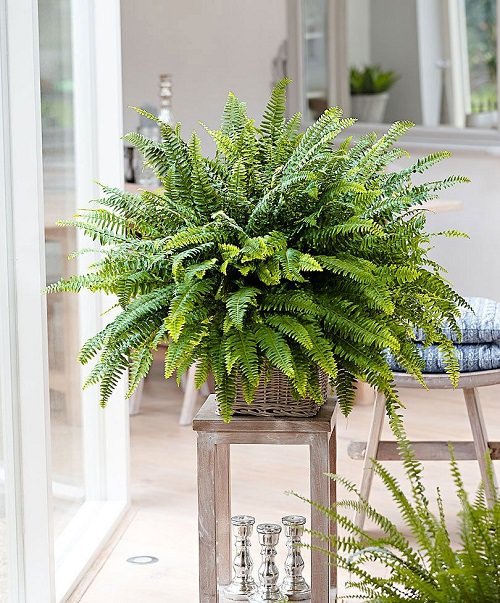
AD
Botanical Name: Nephrolepis exaltata
It is one of the best air-purifying plants you can grow. Boston fern is also termed as a natural humidifier and helps in eliminating dry skin problems.
Growing Tip
Keep the soil moist and place the plant in bright indirect sunlight.
11. Common Purslane

Botanical Name: Portulaca oleracea
Often treated as a weed, you can grow this edible plant indoors because it is a rich source of omega-3 fatty acids, an excellent natural antioxidant, and a rich source of vitamins A and C. Check out more edible weeds here.
AD
Growing Tip
Here’s all you need to know about growing Purslane
12. Pothos

Botanical Name: Epipremnum aureum
According to a study by the Asian Pacific Journal of Tropical Medicine, pothos helps in strengthening memory and improving concentration.
AD
This air-purifying plant also has several other benefits, which you should see here.
Growing Tip
Check out our article on growing pothos here
13. Chamomile
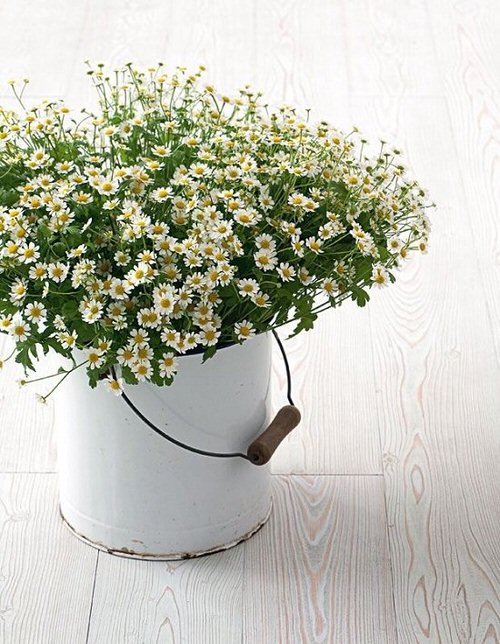
AD
Botanical Name: Matricaria recutita
Growing chamomile at home will give you an endless supply of its leaves and flowers to make tea which has calming effects and also helps in reducing anxiety and induces better sleep.
Growing Tip
Here’s all you need to know about growing Chamomile
14. Gerbera Daisy
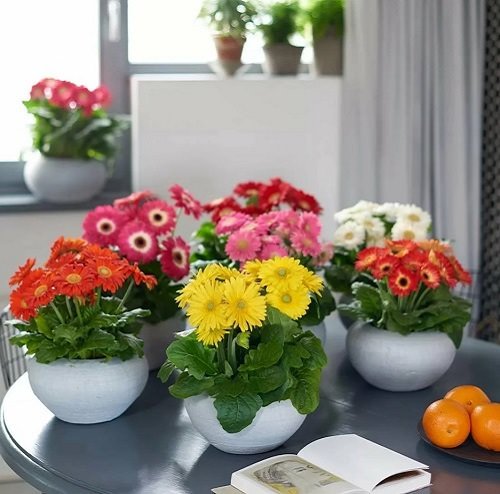
AD
Botanical Name: Gerbera jamesonii
What could be better than having a flowering plant indoors that also helps in increasing oxygen in rooms for better sleep, while cleaning out formaldehyde from the indoor air?
Growing Tip
Check out our article on growing Gerbera Daisy here
15. Stonecrop
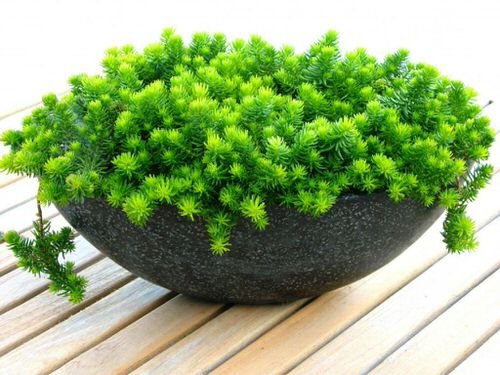
Botanical Name: Sedum
All the sedum species are edible, but the yellow flowering ones should not be eaten raw. These plants have anti-inflammatory and anti-nociceptive properties and is also rich in alkaloids, tannins, and cyanogenic compounds. Using its leaf juice can help eliminate gastric and inflammatory disorders. Also, check out more edible succulents here.





